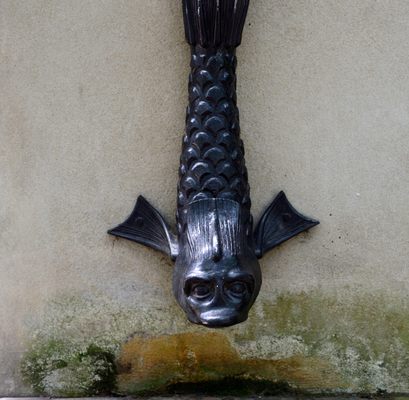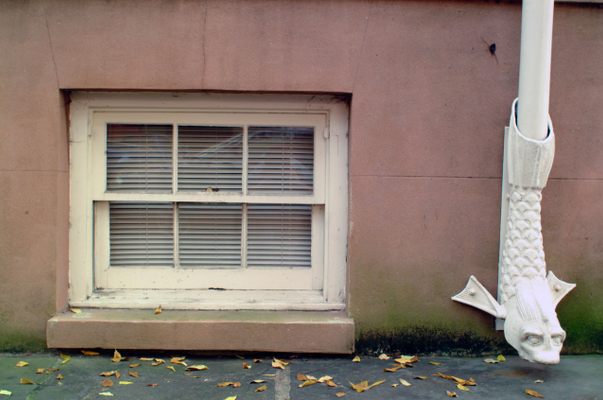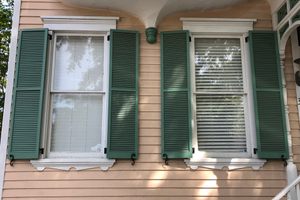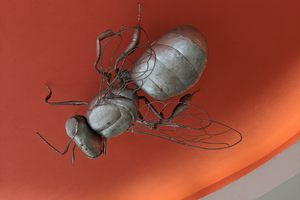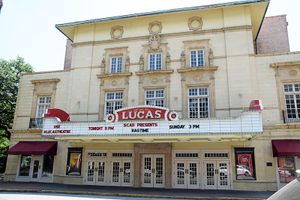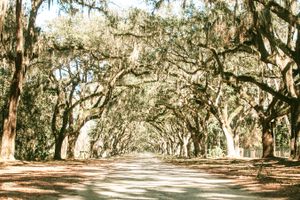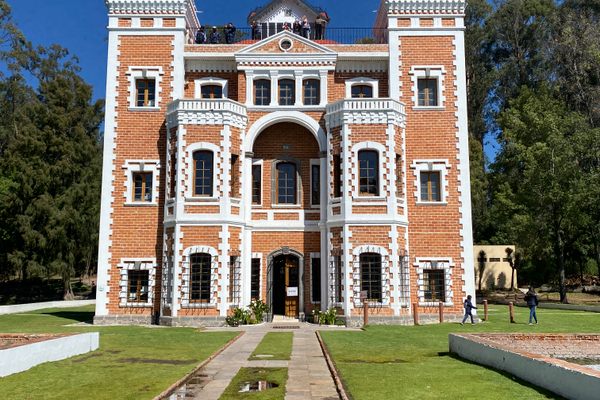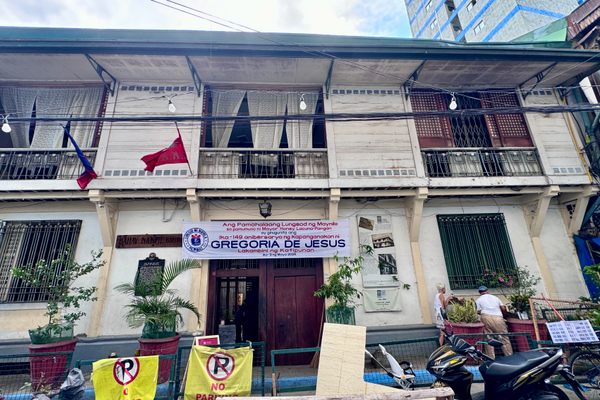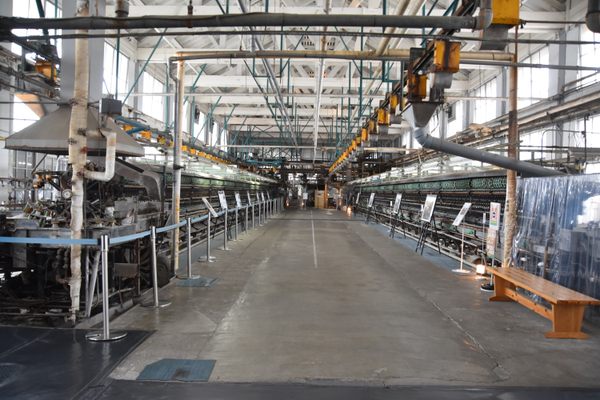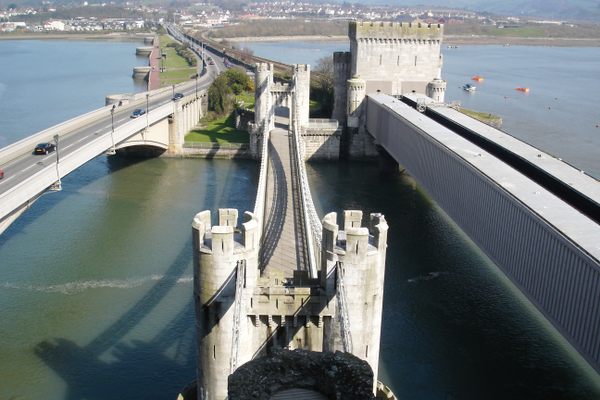About
In Savannah’s walkable Historic District, splendidly preserved pre-Civil War architecture is everywhere you turn. Look closely and you’ll spot a special craftsmanship detail on many buildings: what locals call the “dolphin drainpipes.”
The architectural trend is said to have emerged in the port city in the 19th century, influenced by similar cast-iron elements being popularized in England and France during the Industrial Revolution.
While such maritime architectural motifs were prevalent around Europe at the time (when sailors saw dolphins around their ships, it was considered good luck), the drainpipes in Savannah bear a distinct local identity. With floppy dorsal fins, forked tails, and scaly bodies, the downspouts don’t look much like dolphins at all, but more like the dolphinfish found off the Atlantic coasts of Georgia and in Savannah’s surrounding waters—albeit, much more stylish.
No one is sure what, exactly, inspired their design. Some of the drainpipes resemble heraldic dolphins, like the ones on the insignia worn by submariners in the United States Navy. Some say the drainpipes might also reflect the influence of local Gullah (Geechee) culture, which believes evil spirits could not cross over water. Therefore, dolphins could be seen as protectors for homes and their residents.
The drainpipes also remain very functional. The structures, built to direct rainwater, have helped to manage drainage in Savannah’s humid climate over centuries. Typically cast out of iron, the finned figurines were attached to the base of gutter systems, flowing rainwater out of their big gaping mouths from rooftops out onto sidewalks and streets.
Over time, the dolphin drainpipes have become a unique, yet lesser-known feature of Savannah’s architectural charm and can be noticed on some of the Historic District’s most famous and handsome buildings. Outside the Davenport House Museum, one of Savannah’s oldest brick structures built in 1812, a thick-lipped “dolphin” with curvy, almost lion’s-mane-like scales, juts from the northwestern corner of the building. Visitors can find more fishy figurines attached to the Owens-Thomas House & Slave Quarters museum, as well as the birthplace of Girl Scouts’ founder Juliette Gordon Low.
The best way to see them is by simply strolling around the Historic District.
Related Tags
Know Before You Go
If you’re in a time crunch, Architectural Tours of Savannah offers a 90-minute walking tour around the historic district, starting with its oldest buildings and ending with the newest. More info here.
Sponsored by Visit Savannah. Click here to plan your trip and uncover Savannah’s surprises.

Community Contributors
Added By
Published
March 27, 2025
Sources
- https://visitsavannah.com/article/what-makes-southern-home-southern
- https://wildabouthere.com/a-walk-with-kids-in-savannah/
- https://voicemap.me/tour/savannah/a-stroll-through-the-heart-of-savannah-s-historical-district/sites/fish-downspout
- https://www.facebook.com/groups/728506531174421/posts/1282964755728593/
- https://davenporthousemuseum.org/the-davenport-house
- https://www.shorpy.com/node/8928
